A lack of affordable, reliable Wi-Fi for global fishing crews undermines their well-being and increases vulnerability to exploitation, including involvement in IUU fishing
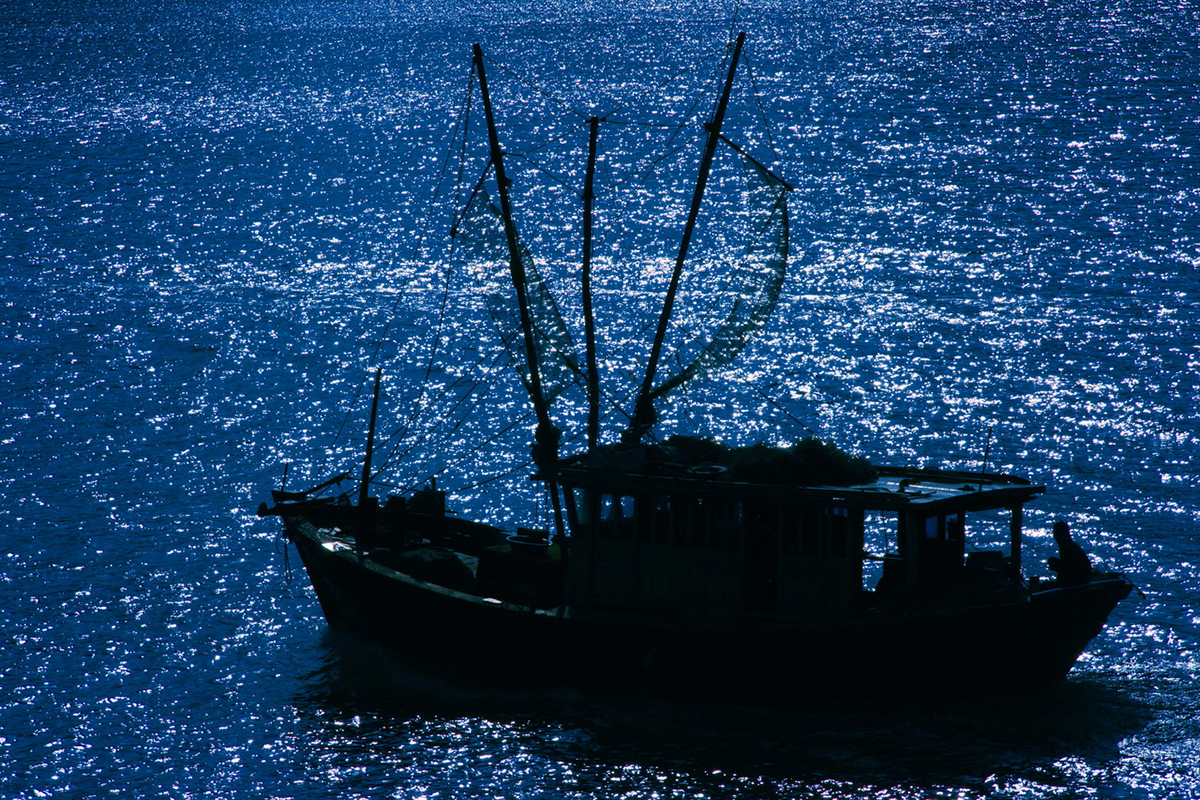
Taiwan has the world’s second-largest distant water fleet, comprising more than 22,000 crew, the majority of which are migrant workers. Despite many months at sea, most of these workers are not provided access to Wi-Fi, leaving them cut off from the world – and potentially vulnerable to exploitation, including illegal, unreported, and unregulated fishing practices (or IUU fishing).
“We’re talking about Wi-Fi, but we are also talking about family; we’re on the high seas for many months and we miss our families, we need to communicate with them,” said Hadi, an Indonesian tuna fisher who has been working in the Taiwanese fishing industry for the past 18 years. “And if we are talking about prosperity and the well-being of crews – how can we have well-being without connectivity?”
Recently, a spokesperson for the Taiwan Tuna Administration (TTA) stated in an interview that the organization believes providing this connectivity will distract crews from their work and that fishers would be less productive if Wi-Fi was available on board. These remarks followed calls for the Taiwan Fisheries Agency, as well as global seafood brands and retailers, to install connectivity on Taiwanese vessels.
For the time being, these fishers are spending long periods at sea without the ability to communicate with their family, union, service providers or state officials, Hadi informed a conference session on IUU fishing at Seafood Expo Global (SEG) 2024.
“We’re contributing to this profitable and very fast industry, but our salary is the lowest among the migrant groups in Taiwan,” he said. “We face very long periods at sea – between two months and a year – only seeing the sea. We work constantly – up to 14 hours a day with very [few] breaks, and while we have our mobile phones, we can’t use them without Wi-Fi … We are completely isolated on the high sea for months and months and have no access to communicate with our families and our friends. Another important thing is we cannot report any problems to labor unions or governments. Without Wi-Fi, we have no way to resolve problems; we can only report problems if the Wi-Fi is there on the vessels.”
Putting IUU fishing on the map: Global Fishing Watch intends to bring the invisible into view
Masking illegal practices
Zacari Edwards, senior seafood campaign coordinator at Global Labor Justice (GLJ), said during the same SEG session that the lack of connectivity at sea and the isolation of the crew also increases the scope for other questionable things, such as forced labor, overfishing and catch misreporting.
It’s also not aligned with ambitions aimed at elevating seafood traceability and transparency, he added.
“At the moment, it’s certainly true that crew subjected to labor abuse are not in a position to refuse instructions to commit illegal fishing or any other activity that they don’t feel comfortable with,” Edwards said.
Hadi also confirmed it’s common for migrant fishers to be “forced to commit fishing practices that might be very illegal.” For example, he said some crews are asked to harpoon dolphins to be used as bait for tuna fishing when the regular bait runs out.
“Sometimes our vessels fish in bordering countries without licenses, and then we have to travel to far seas to transfer the fish to other vessels, and these fish are brought directly to Taiwan,” he said. “We will also [discard] unvaluable [sic] fish into the sea, which is wasteful. [While this is happening], the captains ask us to stand up on top of the bridge to see if there are any police out there. This type of fishing practice is very risky because if the vessel is found to be practicing IUU fishing, it can be blacklisted, and we will of course lose our jobs.”
“We have no individual or collective power to push back. We also have no job security; when our employer no longer needs us, they literally terminate our contracts and deport us without any compensation. If we want to protect the ocean, it’s critical that fishers are part of the solution. But how can we protect the oceans, if we cannot even protect ourselves?”
From a seafood market perspective, Hadi explained that migrant fishers tend to not know where the products are going, partly because they aren’t involved in that process. Having Wi-Fi would help them better understand the supply chains, he said.
There is a disconnect with import control rules, and the benefits they are designed to bring, not currently reaching workers, interjected Edwards, who suggested that through Wi-Fi connectivity, and a better flow of information, fishers would have the opportunity to be part of the solution. And with regards to Wi-Fi on Taiwanese vessels at sea, he said there needs to be an end to the justification for the lack of connectivity.
“These are hardworking human beings at work on these vessels, and there’s not a single person in this [conference] room that would accept being disconnected from their loved ones for 10 months,” said Edwards. “I think we need to start thinking about that.”
In this regard, some progress is being made through the Wi-Fi Now for Fishers’ Rights campaign, confirmed Edwards. Wi-Fi Now for Fishers’ Rights was established by U.S., Taiwanese and Indonesian organizations, including the Indonesian Seafarers Gathering Forum (or Forum Silaturahmi Pelaut Indonesia – FOSPI), Global Labor Justice – International Labor Rights Forum (GLJ-ILRF), Taiwan Association for Human Rights (TAHR), Stella Maris Kaohsiung, Serve the People Association (SPA) and the Humanity Research Consultancy (HRC).
We are completely isolated on the high sea for months and months and have no access to communicate with our families and our friends. Another important thing is we cannot report any problems to labor unions or governments. Without Wi-Fi, we have no way to resolve problems; we can only report problems if the Wi-Fi is there on the vessels.
Devil in the detail
The issue of Wi-Fi provision for fishing crews is investigated in a new report from the Global Seafood Alliance (GSA) entitled “Exploring current best practice for the provision of Wi-Fi to crew on fishing vessels at sea.” The report, which included first-hand input on private sector and NGO initiatives, emphasizes the lack of uniformity in access conditions across regulations, standards and delivery methods. It notes disparities in at-sea WiFi accessibility in terms of cost, quality and availability, and suggests these variations stem from factors like location, the method of WiFi provision (satellite or wireless) and levels of data usage.
The analysis reveals that although several policies and tools mandate WiFi provision for crew on fishing vessels, there is no standardization regarding the specifics of this requirement. Additionally, it finds that Wi-Fi access is absent from certain crew welfare tools and is only minimally addressed in regulations.
For instance, the Maritime Labour Convention 2006 (MLC) international treaty was expanded to include the provision of Internet access to seafarers beginning December 23, 2024. However, this rule doesn’t extend to fishing vessels and their crews, even though it’s legally mandated by over 100 countries.
Meanwhile, the International Labour Organisation’s (ILO) Work in Fishing Convention (ILO 188), which underpins requirements for good crew welfare on fishing vessels, includes a requirement that communication equipment should be provided to all crew members onboard fishing vessels. But it doesn’t specify what’s meant by “communication equipment” or give guidance on the level of provision. It also doesn’t specify what is meant by “reasonable expenses” other than prohibiting vessel owners from making a profit by charging crew.
The Global Seafood Alliance also highlights that some independent standards – including its own Responsible Fishing Vessel Standard (RFVS) – contain requirements for crew to have access to communications links, but it doesn’t specify this to be for Wi-Fi or internet access.
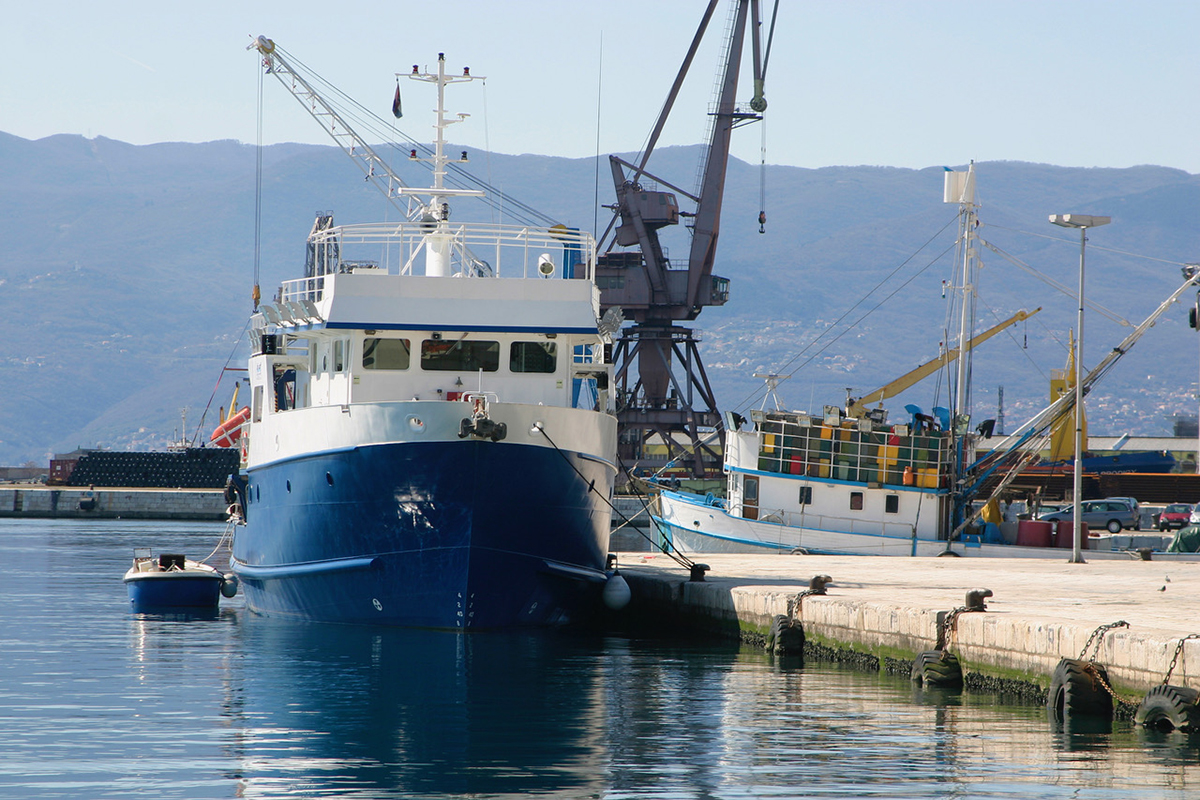
This new report follows on from a previous project, “What is the Expectation of Worker Voice and Grievance Mechanisms on Certified Vessels?” which looked into how fishing crews stay connected at sea. This earlier project found that having internet access is critical for crews to raise concerns or access worker voice mechanisms. It discovered that many examples of free Wi-Fi on fishing vessels, but the rules for using it vary. For example, there might be limits on how much data can be used, or crew members might not be allowed to use their own devices while engaged in vessel operations. However, it was also noted that the provision of Wi-Fi may help both retain and recruit crew and can be used to ensure access to digital training, contracts, payroll and other services at sea. It further found that many fishers wouldn’t work on a vessel without Wi-Fi access.
From its latest findings, GSA proposes the following recommendations for “minimum best practice” moving forward:
- That fishing vessels at sea for 24 hours or more should have access to Wi-Fi at sea.
- Access to Wi-Fi should be available, at no cost, to crew for use on their personal technology platforms i.e. cell phones or tablets.
- Access may be subject to data and access restrictions to ensure operational safety at sea, and that this should be in line with yet-to-be-agreed guidelines.
Additionally, to build knowledge-sharing tools, it advocates continued research and information and experience sharing with regards to improvements to connectivity at sea; potential regulatory, operational and management benefits; and the well-being, retention and recruitment of crew.
Tech evolution
Despite the challenges, progress has been made in discussions surrounding human rights and crew welfare, particularly in terms of connectivity and access. GSA Director of Strategic Engagements Melanie Siggs highlights even greater strides on the technological front.
“This has evolved faster than we can keep up, both in terms of what we should expect on board as a minimum and the technology,” she told the Advocate.
In essence, what’s been created is a lot of expectation on the crew side, while the industry’s narrative on what to provide it and how to provide it hasn’t kept pace. With GSA’s report being well received by social/human rights-oriented NGOs and others, including those connected to fishing producer organizations (POs), Siggs is hopeful it will contribute to change. She also hopes to soon secure funding to lead a global dialogue inquiry, aiming to establish agreed minimum requirements for crews at sea.
“There’s a kind of assumption this should be free access 24/7, but there’s detail to add around data access and safety issues, and more broadly how and what vessel owners need to support them in taking the next step,” she explained.
According to GWF’s Director of Connectivity Solutions Travis Henevald, the recent introduction of low-cost satellite systems and services – such as low Earth orbit operators – combined with wireless coverage represents an opportunity to drive scalable connectivity worldwide for both near-shore and offshore solutions. In this context, he said the opportunity exists to coincide investments in digital worker rights/grievance solutions with connectivity procurement approaches such as:
- Demand aggregation – use trade groups at the local and regional levels to jointly approach connectivity service vendors and establish associated long-term frame/purchasing agreements.
- Integrate rollout alongside current investments in connectivity/technologies such as AI, RFID, and LEO satellites that increase operational efficiency and add value.
- Partner with seafood buyers to identify “vessel to table” premium value propositions that incorporate the ethical worker dimension.
- Identify government subsidy opportunities (e.g. Ministries of Fisheries, Labour, and/or Economy as relevant) for digital implementations including connectivity in return for increased, real-time data tracking and monitoring.
Charitable endeavors
While crews face different situations in-port, a UK-based project started in 2019 to ensure fishers and other seafarers can have unlimited free internet access during visits has been hailed a great success in terms of worker welfare and well-being. The UK Port Welfare MiFi Partnership Project, which is funded by maritime charity the Merchant Navy Welfare Board (MNWB), aids the work of frontline welfare societies that provide a communications lifeline to thousands of crew members, with mobile hot spots supporting up to 20 users at a time.
Some 39 units are deployed by these charities, with their chaplains taking them to the vessels for use by the visiting seafarers. MNWB spokesperson Joel Holt said the MiFi units provide crucial social connectivity for seafarers who are unable to disembark their vessels or access shore leave during fast turnaround times.
“Being able to connect with loved ones can help to alleviate the unique pressures and feelings of isolation experienced by those working at sea,” he said. “Free Wi-Fi is easily available in towns and cities, but few ports – and even fewer vessels – provide seafarers with free access to the Internet, which is what makes this project so important for seafarers’ welfare.”
Results from a MiFi project evaluation survey showed the devices were “valuable” or “extremely valuable” to the seafarers, while all respondents agreed the use of the devices had increased amongst seafarers since the pandemic.
Furthermore, the Fishermen’s Mission – one of the participating societies in the project – also uses the MiFi devices for fishing crew that have been stranded, whether they are still onboard vessels in port or have been found temporary accommodation by the mission. In these instances, Holt said the connection to family and friends is even more important and utilized to the full by those fishers affected.
He also highlighted that the Seafarers Happiness Index, a quarterly survey by the Mission to Seafarers, consistently highlights the significant mental health benefits of reliable and affordable Wi-Fi access for those working at sea.
“Those that have the access they crave, and who are able to use it as they desire, are so much happier than those that don’t,” he said. “It is the same message that we hear from every Seafarers Happiness Index reporting period – connectivity matters and is absolutely vital to seafarers.”
MNWB also feels that compared with just a few years ago, technology can no longer be said to represent a barrier to providing Wi-Fi at sea.
“Many cargo ships, private yachts and cruise ships, operating in both coastal and distant waters, have found solutions to provide Wi-Fi on board,” said Holt. “Despite these technological solutions and international standards, commercial fishing vessels have unfortunately lagged behind.”
He also referenced a recent UK Ports Seafarers’ Survey that MNWB undertook that explored internet connectivity. Among its key findings was that 90 percent of seafarers had access to the Internet onboard, but follow-up questions revealed that the Internet connection is of poor quality and expensive for seafarers to use.
Now that you've reached the end of the article ...
… please consider supporting GSA’s mission to advance responsible seafood practices through education, advocacy and third-party assurances. The Advocate aims to document the evolution of responsible seafood practices and share the expansive knowledge of our vast network of contributors.
By becoming a Global Seafood Alliance member, you’re ensuring that all of the pre-competitive work we do through member benefits, resources and events can continue. Individual membership costs just $50 a year.
Not a GSA member? Join us.
Author
-

Jason Holland
Jason Holland is a London-based writer for the international seafood, aquaculture and fisheries sectors. Jason has accrued more than 25 years’ experience as a B2B journalist, editor and communications consultant – a career that has taken him all over the world. He believes he found his true professional calling in 2004 when he started documenting the many facets of the international seafood industry, and particularly those enterprises and individuals bringing change to it.
Tagged With
Related Posts

Responsibility
Intelligence, integrity in the fight against forced labor in seafood
In previewing the SeaWeb Seafood Summit, the Advocate examines human rights in the supply chain and the people who advance solutions in rooting out worker abuses. In part one of a three-part series, Environmental Justice Foundation co-founder Steve Trent talks about linking environmental security with human rights.
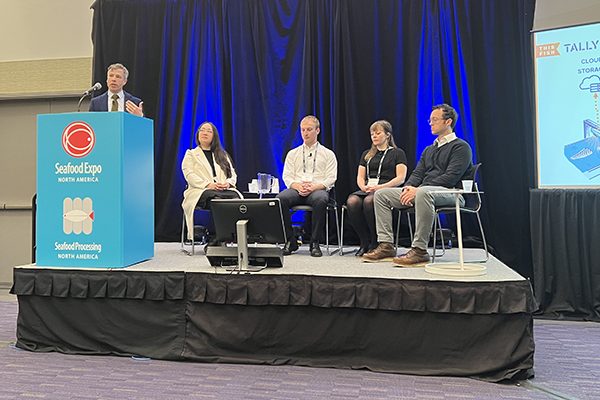
Intelligence
AI is becoming an ‘integral part’ of fisheries management and seafood processing
Artificial intelligence (AI) is playing a larger role in seafood, as data is at the heart of the so-called fourth industrial revolution.
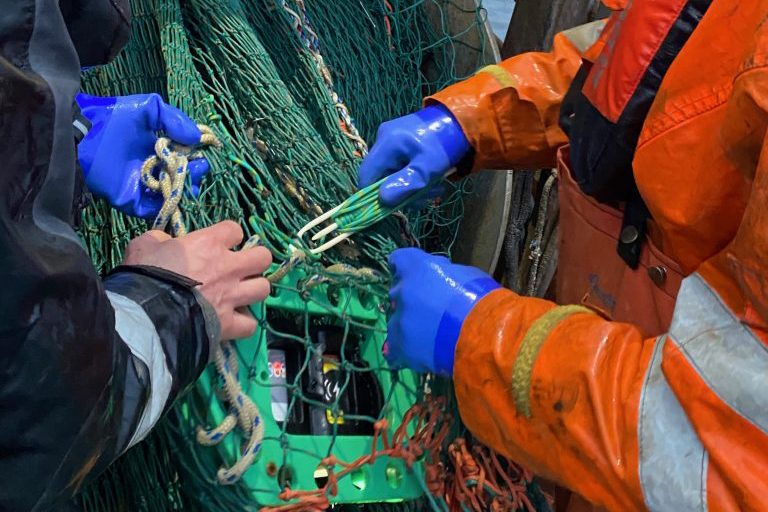
Fisheries
‘A world down below’ – Deeper fishing insights lead to better tools for bycatch reduction
High-tech bycatch reduction devices – data analytics, cameras and sensors – are in play but SafetyNet Technologies says the secret is collaboration.
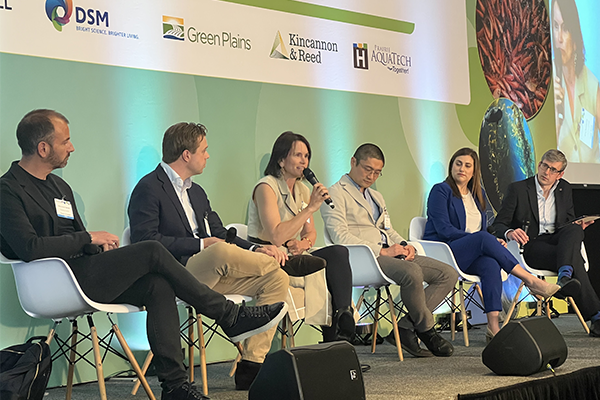
Innovation & Investment
‘We have 15 years to fix this planet’: Blue Food Innovation Summit explores potential of restorative aquaculture – and the challenges to scaling
At the Blue Food Innovation Summit, discussions centered on restorative aquaculture’s potential and financing the ocean’s capabilities.


